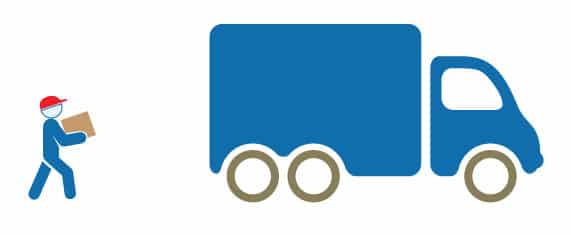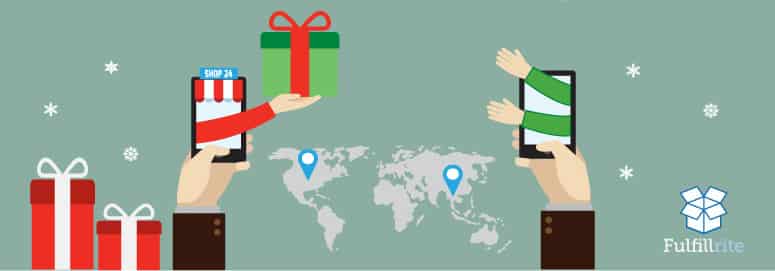Not all women age 34, with 2 kids, college degree, earning $70,000, living in a suburb of Chicago are alike.
Obviously.
Their needs, wants, values, attitudes, self -mages, opinions, interests, hobbies and style of cooking can be different. Very different.
Knowing the facts above about your customer is knowing their demographics. The resources mentioned in previous blogs will help you find that information.
The second grouping falls under the heading of Psychographics. Psychographics delivers deeper insights into your customer’s lifestyle and personality. That can help you understand how to communicate with them and where to reach them on the web and through social media. And, it gives you deeper insights into subtleties that lead to buying decisions. Those insights can lead to a sizable increase in conversions.
Facebook Insights, Google’s Audience and Google Trends will help you along. Psychographics is best suited for very targeted, customized marketing. It gives more precise data that can lead to cross-selling and upselling. Problem is, gathering and evaluating data and making effective use is a complex process, and for a small Ecommerce business the time and funds required may put in beyond reach. Unless of course, you decide to hire an outside digital marketing firm. Not cheap.
The good news however, is there is another approach to increasing conversions, which is your ultimate goal. The process is simpler, and your knowledge about your product and your customer base could provide the insights you need to convert a visitor into a buyer.
The secret is not to try to target your best customer. But have them target you.
Basically, it’s called Behavioral Segmentation. It’s built around your product:
- Reason why customer is seeking your product
- Benefits sought
- Purchase occasion
- Purchase and beliefs
- Brand Loyalty
- Usage
- Buyer readiness stage
Behavioral Segmentation is a recognition that there are certain patterns to consumer buying built around why the product is being sought. As example, a cold remedy is best sold during the winter, suntan lotion in the summer. The consumer is seeking the product because he has a definite need.
The benefits being sought are why they should choose your product over any other. Are they buying your sunglasses for protection, or as a fashion statement? The answer may be both. But look at your product, which is its primary benefit? That’s what you need to focus on in your web presentation
“Behavioral Segmentation is a recognition that there are certain patterns to consumer buying built around why the product is being sought.”

Essentially, you are seeking those whose needs match your benefits. You don’t know their lifestyle, their values and beliefs, their interests. If they have a need for your product, and believe they cannot find the benefits you offer elsewhere you will optimize your conversions.
They have a need, and that need is driving them to seek a solution. The need may be to lose weight, a better bicycle seat, fashionable earring or art for their den. The need may be immediate, or it maybe they are just thinking about it. But they are searching for it. And that it is you
Psychographics brings you closer to your intended audience. It reveals more of the subtleties that guide the consumer’s decision. But it is also more difficult to research without experience.
Behavioral Segmentation deals with the key issues that lead to the buying decision. There is a void. Your product fills that void. No other product can do so as well.
The benefits could cover any or many of the following:
- Product quality
- Performance
- Your company’s reputation for service and customer relations
- Special features
The focus of your web site should be built around answering the visitor’s questions: “What’s in it for me.” You should prioritize the benefits so that the very first thing seen by the visitor when arriving on the Landing Page is indeed that question.
If your keywords and web site address the need and benefits they are seeking, you don’t have to target them – they will be targeting you.
You’ve done everything by the book. Your Kickstarter campaign is almost ready to launch.
You made a great product. Built an audience. Set up a campaign page.
But how do you ship it?
We put this checklist together to help you get started. It's free.





